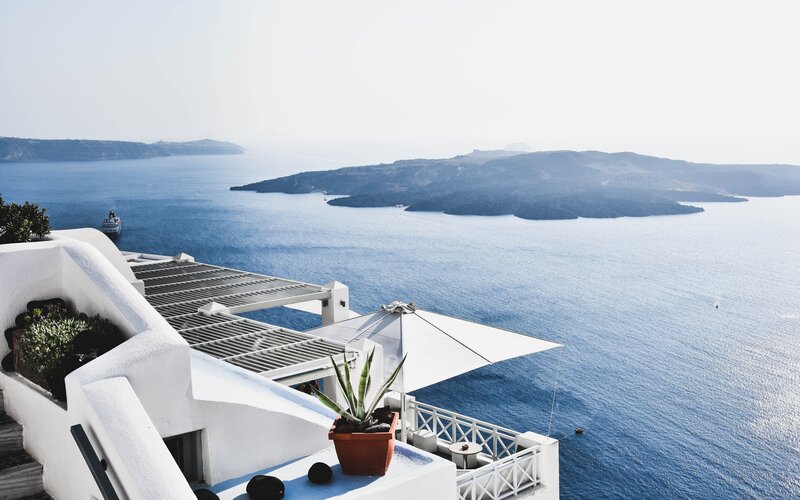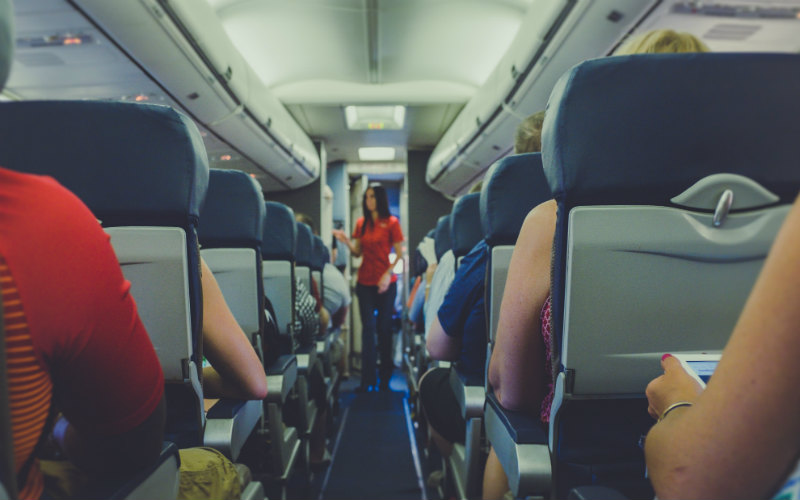As the RBA monetary policy board took a holiday in January, retail spending lifted 1.9% to kick-start the year following a 3.9% dip in December.
Leading the charge was spending in department stores, increasing 8.8% from December, followed by the categories of clothing, footwear and personal accessory retailing lifting 6.5% and household goods increasing 1.1%.
ABS Head of Retail Statistics Ben Dorber noted the rebound in retail turnover in January followed a substantial fall in December 2022 and a prior increase in November 2022.
“Looking through this volatility shows that turnover is at a similar level to September 2022, and on average, growth has been flat over the past few months,” Mr Dorber said.
“November, December and January are the most seasonal months of the year, with retail activity heavily affected by the Christmas period and January holidays.”
Major bank economists had all anticipated an increase in retail sales to January, with CommBank economists forecasting a lift of 2.1%, NAB and ANZ economists predicting a 1.5% increase while Westpac had anticipated a slower growth of 1% based on volatility around seasonally adjusted statistics.
Further insights from the ABS revealed spending at cafes, restaurants and takeaway food services lifted 1.2% or $61.6 million in January to a new record high having remained relatively stagnant since August 2022.
"The continued return of large-scale sporting and cultural events in January, combined with high costs reflected in prices, has boosted sales in catering services which are part of the cafes, restaurants and takeaway food services industry,” Mr Dorber said.
NAB Online Retail Sales Index echoed ABS figures, detailing monthly growth of 0.6% in January was driven by two smaller spend share categories, takeaway food, and games and toys, along with department stores, and fashion.
Across all states and territories, ABS highlighted retail turnover lifted significantly to reverse December declines, with the ACT marking the largest increase of 3.4%, followed by Victoria at 3% and Tasmania at 2.7%.
Image by Artificial Photography via Unsplash


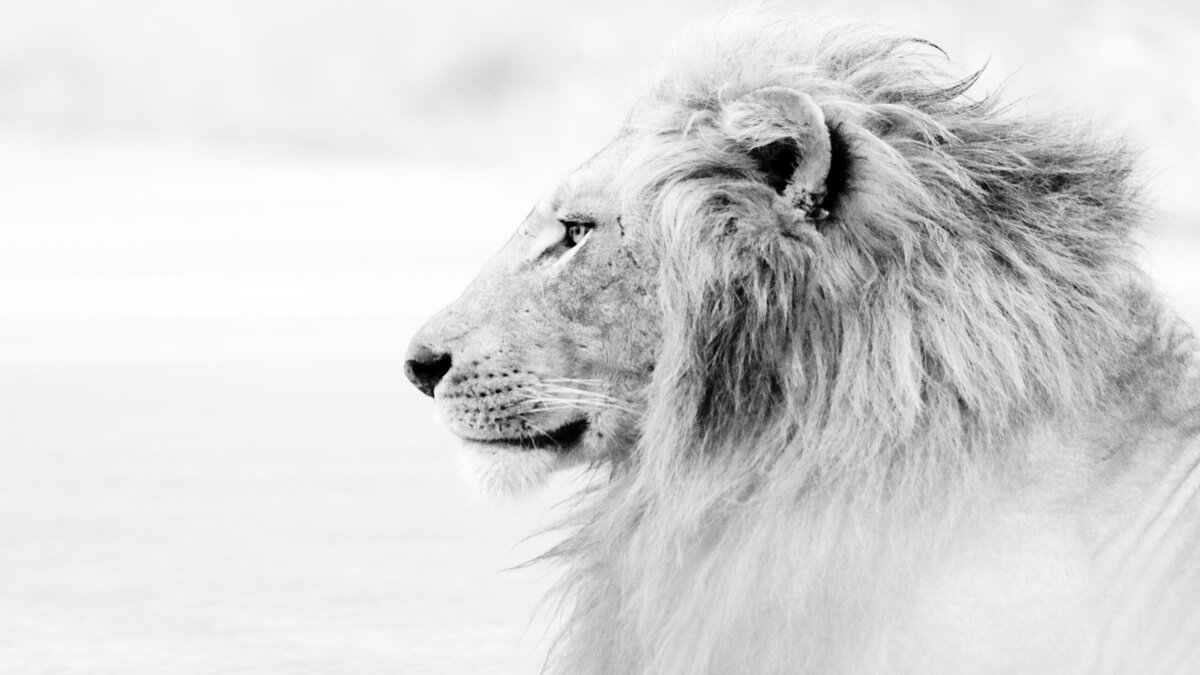
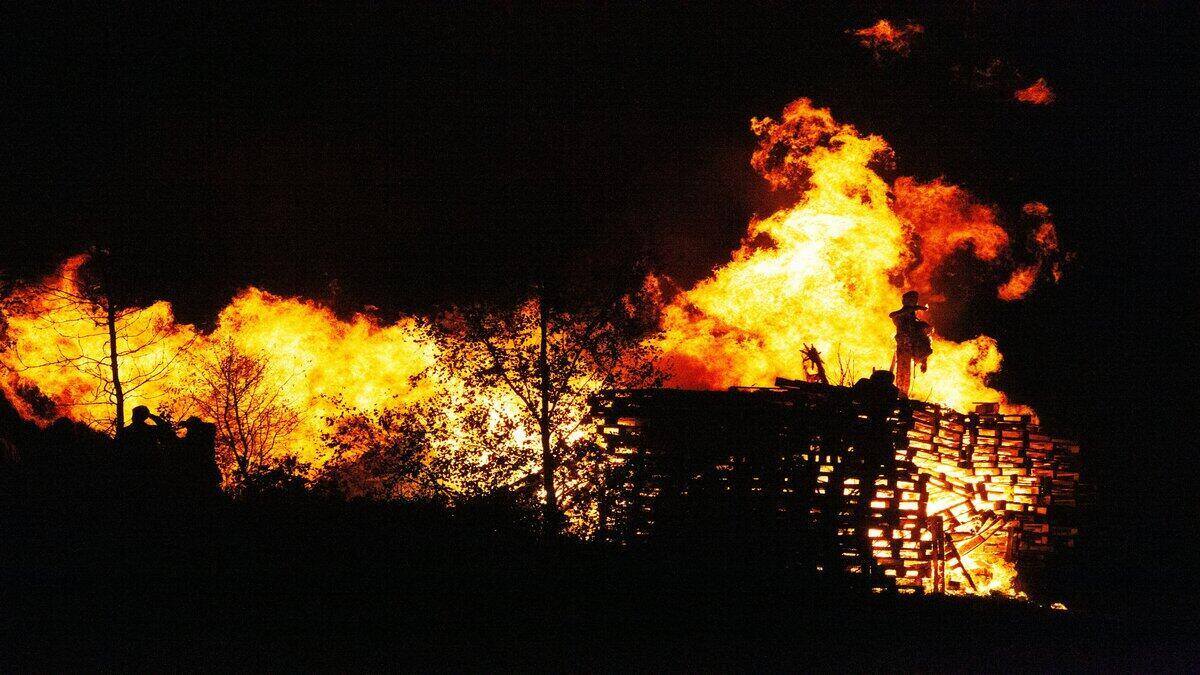
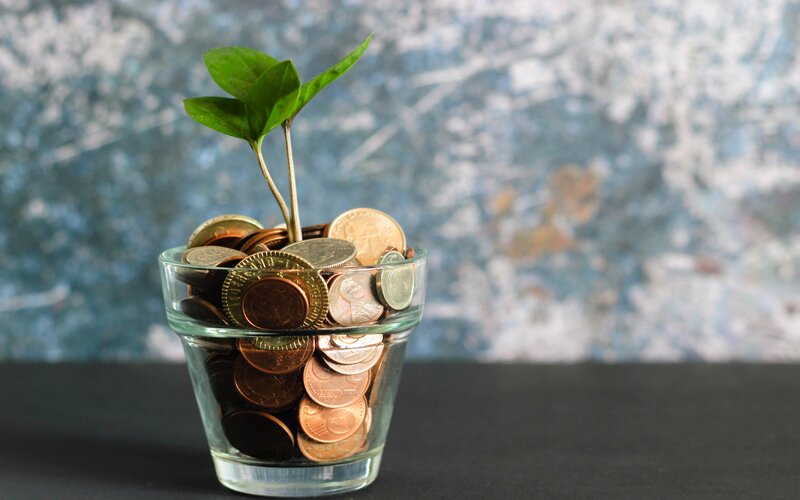
 Rachel Horan
Rachel Horan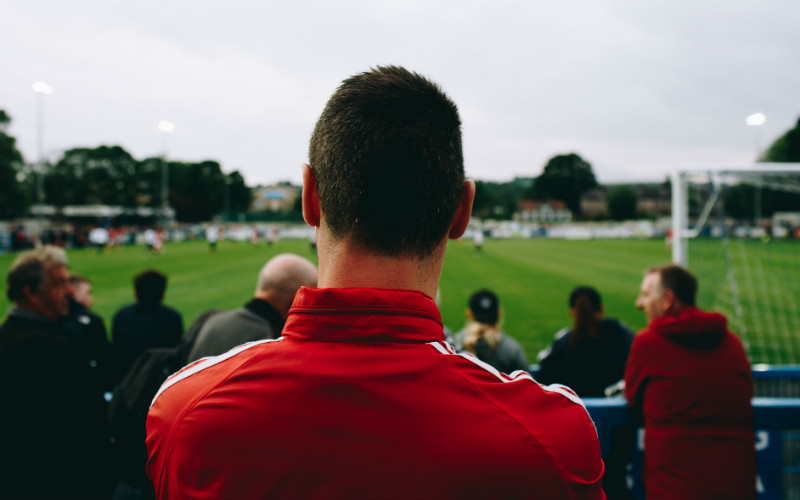
 William Jolly
William Jolly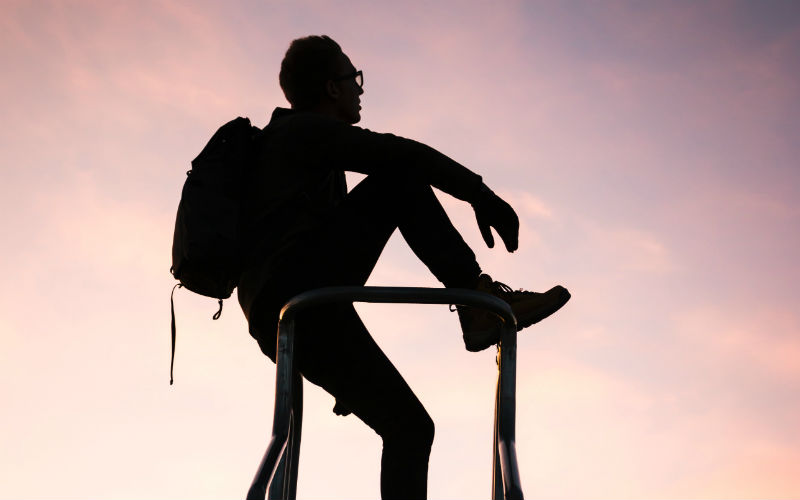
 Dominic Beattie
Dominic Beattie